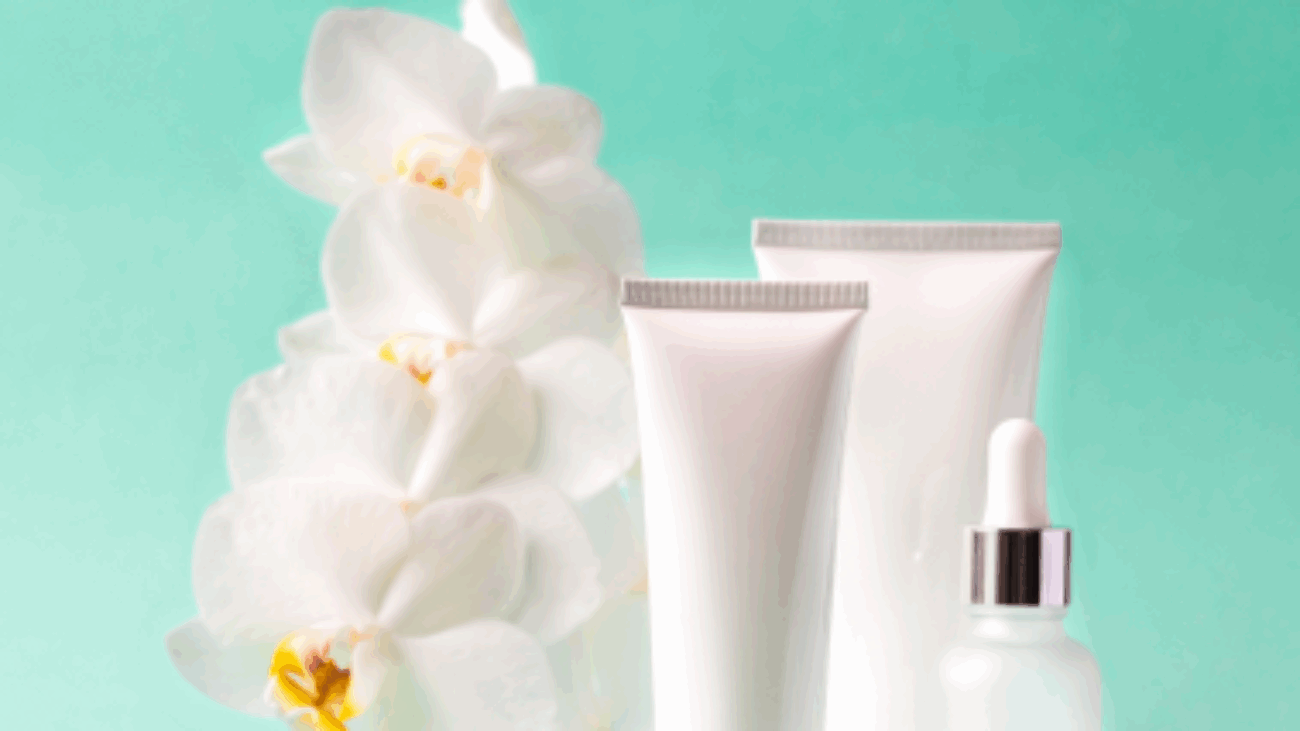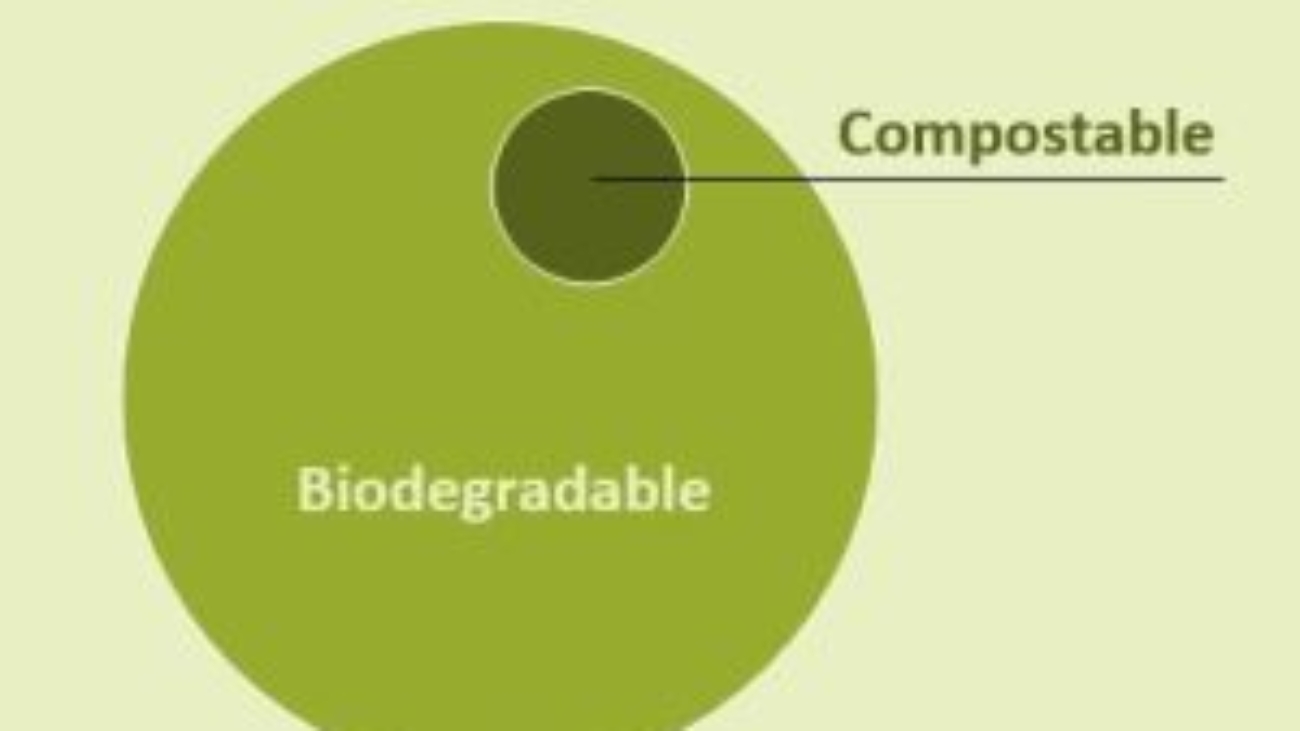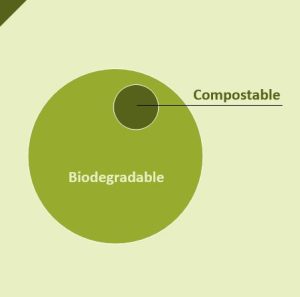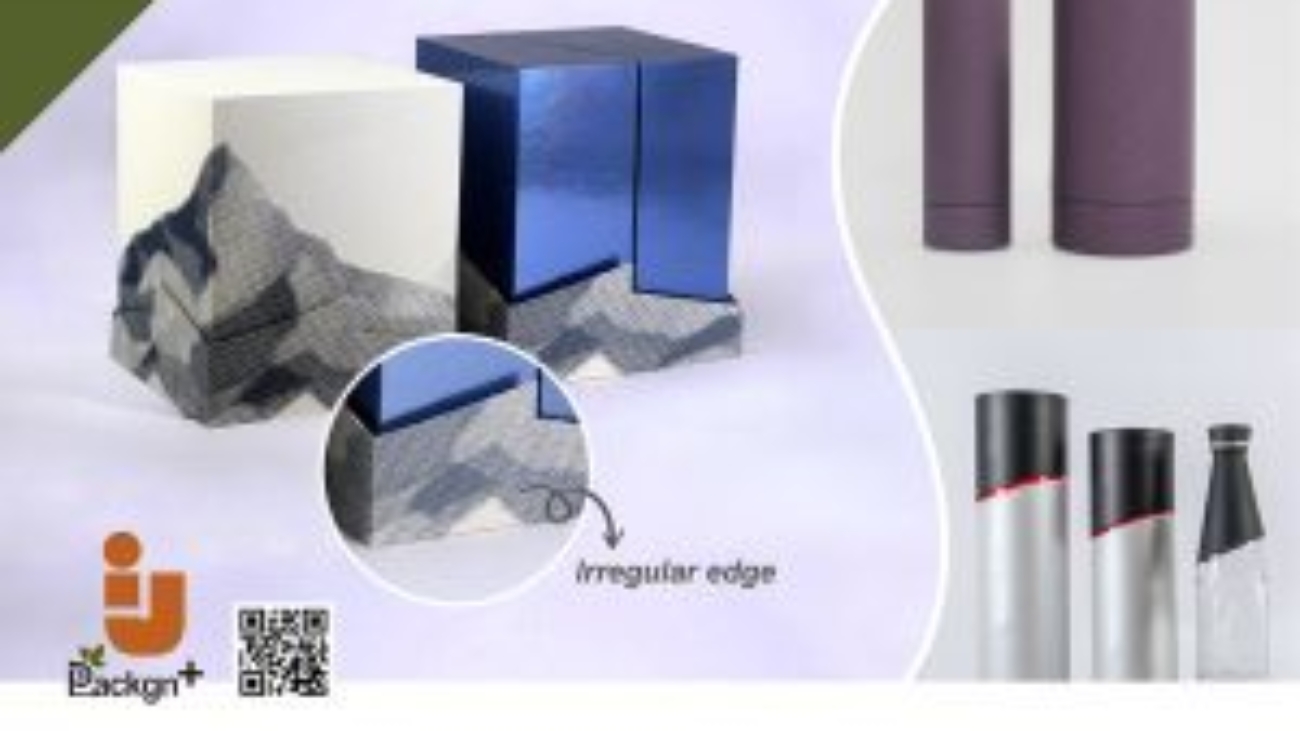When I first ran my fingers over a piece of finely embossed packaging, I felt something beyond surface deep. That subtle resistance, that velvety grain—it wasn’t just paper. It was storytelling. As a supplier of custom luxury packaging, we come to believe that textured finish paper is more than just a material—it’s a silent brand ambassador.
Today, I want to take you behind the scenes of why global luxury brands are shifting from glossy prints to nuanced, touch-friendly finishes. If you’re looking to differentiate your product through high-end packaging, this is where it starts.
The Neuroscience Behind Texture
–Touch creates deeper emotional engagement.
Research from the MIT Sensory Lab shows that tactile memory lasts 10 times longer than visual memory. So when your packaging feels distinct, it stays memorable. Even more compelling? Brain scans reveal that touching textured materials activates the brain’s reward center, triggering up to 28% more dopamine.
There’s also the fascinating “weight-texture paradox.” Rougher textures often make a package feel heavier, which consumers associate with value and quality. This is why brands like Tiffany & Co. use signature rigid boxes—to create anticipation before a product is even revealed.
Texture as the Silent Voice of Branding
–Every surface tells a story.
Through our years in packaging, our learned that textured paper is brand language without words. Here’s how different textures speak to consumers subconsciously:
| Texture Type | Sensory Message | Brand Examples |
|---|---|---|
| Linen finish | Handmade & artisanal | Hermès, Aesop |
| Debossed dots | Precision & innovation | Apple, Bang & Olufsen |
| Pearl coating | Feminine elegance | Dior, Chanel |
| Deckle edge | Vintage authenticity | Jo Malone, Diptyque |
Take Gucci, for instance—they use three distinct paper textures across collections, creating subtle segmentation that customers may not realize consciously, but feel instinctively.
Sensory Synergy: Combining Texture with Other Senses
Great packaging doesn’t stop at touch. We often guide clients to layer their designs across senses. Here’s how:
- Sound: Crisp paper rustling at 85 decibels feels luxurious
- Sight: Matte textures absorb 30% more light, reducing glare and enhancing color richness
- Smell: Textured finish paper holds fragrance capsules longer, doubling scent retention
By stimulating multiple senses, we create a memorable unboxing journey.

Choosing the Right Texture Composition
The magic is in the mix. For a truly premium feel, I advise our clients to consider:
Cotton content over 22% for a soft, rich hand-feel
Emboss depth of 0.3mm–0.7mm, noticeable yet elegant
Grain direction: horizontal for drape, vertical for rigidity
Kaolin vs. calcium carbonate clay coatings affect color brilliance
We also run lab tests to simulate years of wear—our textured papers retain their luxury feel even after 5 years in humid or oily environments.
Regional Preferences in Texture Design
Packaging isn’t one-size-fits-all. Here’s what we learned from global clients:
China: Ultra-smooth coated textures symbolize prosperity
Japan: Natural “washi” paper with visible fibers signals tradition
Middle East: Geometric foil-embossed textures evoke opulence
Europe: Coarse cotton texture reads as sustainable and premium
Our textured finish paper collection reflects these insights, ensuring your packaging connects meaningfully with local customers.
Real-World Applications of Textured Paper
Let’s get practical. Here’s how luxury clients are using our textured paper to stunning effect:
Perfume Boxes
Soft matte grain with pearl ink overprint
Result: 2.1x social shares vs. glossy counterparts
Jewelry Packaging
Linen-textured wrap with magnetic closure
Outcome: Reduced return rate (perceived premium)
Skincare Kits
Ribbed debossing + foil logo stamp
Conversion rate increased by 17% post-launch
Fashion Mailers
Cotton-blend with blind emboss brand signature
Unboxing videos up 34% among influencers
These are small upgrades with big returns.
Sustainable Luxury Is the New Norm
Sustainability doesn’t mean sacrificing elegance. At IJEN, we offer:
FSC-certified cotton blend papers
Recycled-content embossed liners
Water-based inks with zero VOCs
Textured finish paper gives your brand tactile sophistication and eco-credibility. This combination is what modern premium consumers demand.
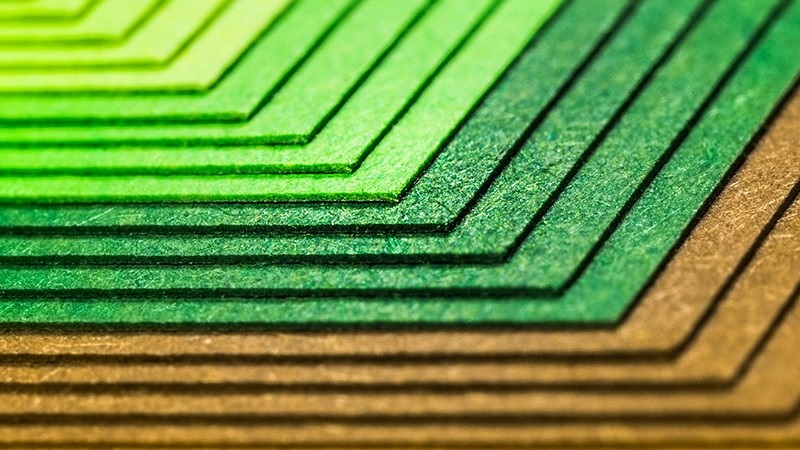
Tips for Designers Using Textured Finish Paper
Let me share a few insider tips I always pass along:
Test print finishes under soft lighting to check grain shadows
Use foil sparingly—let the paper texture be the hero
Align the emboss direction with the logo shape for symmetry
Limit text overlays—texture is a design element itself
Packaging is a tactile canvas. Let texture be your design voice.
Conclusion: Texture as Luxury’s Secret Ingredient
At IJEN, we believe textured finish paper isn’t just packaging—it’s part of your product’s story. It sets the tone, stirs emotion, and drives customer loyalty.
As more brands seek to stand out in a saturated market, it’s no surprise they’re choosing texture as their sensory edge.
So whether you’re a startup perfumer or a global fashion house, textured finish paper is a proven tool to enhance your brand perception, and we’d love to help you explore it.


